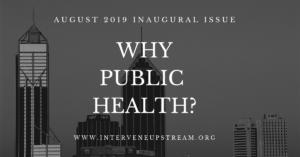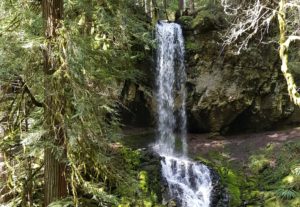Raised in the inner city of New York and born to a low-income, Haitian, immigrant family, I was challenged to surpass the circumstances of a life characterized by financial instability, street violence, and frequent encounters with health care, ripe with confusion and fragmented instruction. My mother worked overtime to ensure that, despite this hardship, I would embody ideals of determination, resilience, and the desire to create change for more than myself.
During undergraduate studies at Williams College, I began to cultivate my interest in public health. As a Chemistry major concentrating in Africana Studies and engaging in intense dance study, I was involved in educational and practice-based experiences that supported rigorous learning and understanding of people, culture, science, and health. From hearing my first public health seminar at the Summer Medical and Dental Education Program at Columbia University College of Physicians & Surgeons, to studying abroad learning about the Chilean health system’s structural inequity, to completing an honors thesis on inherited trauma, racism, health, and wellness, my passion for public health matured. These opportunities paved the way for the most impactful personal and professional experience I would have, in 2015, post-graduation: the failure of my first community-based health initiative, Resist. Restore. Inc.

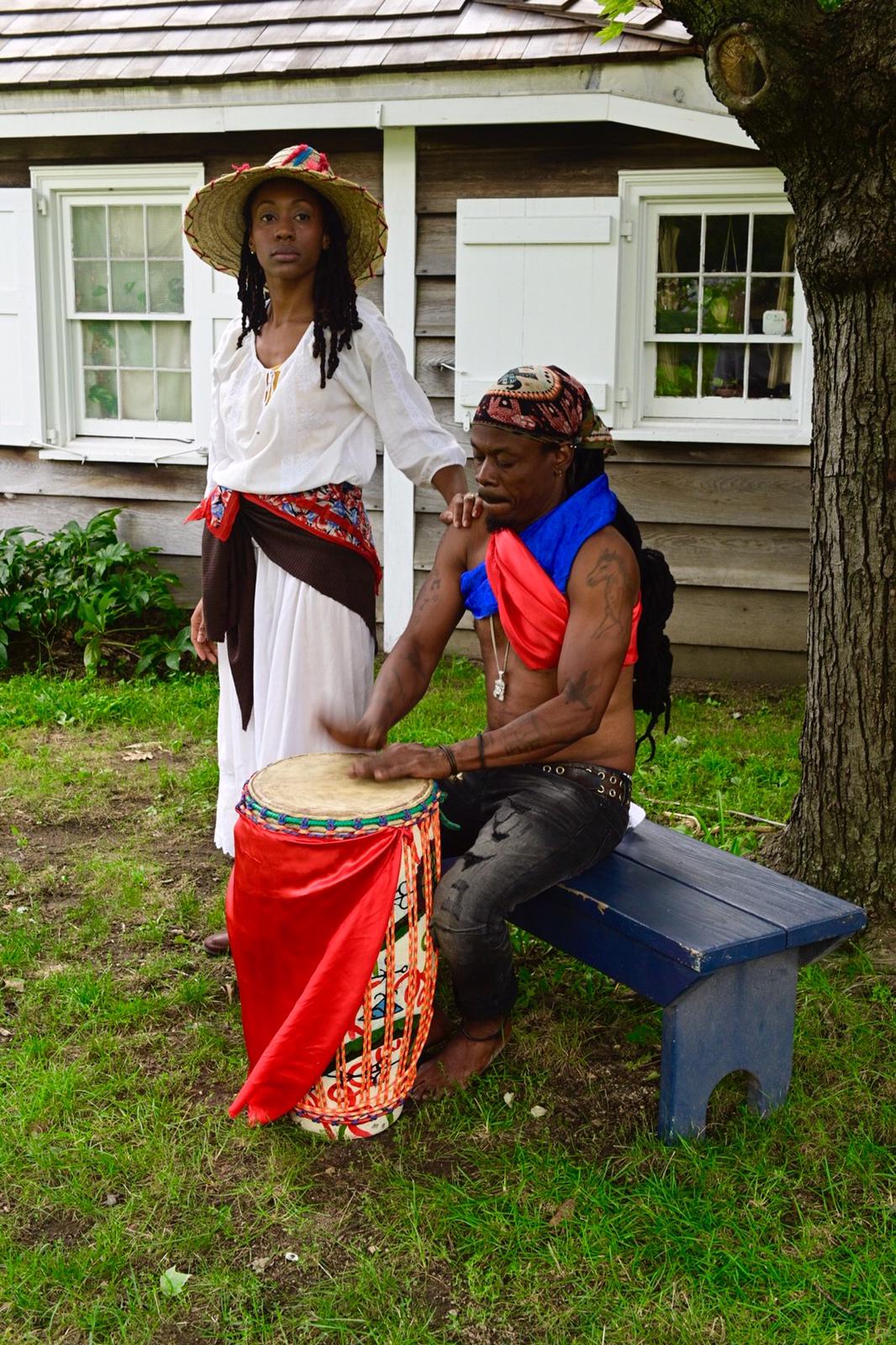

Immediately following Williams, I endeavored to co-build Resist. Restore. Inc. with a friend. We would pour over conversations regarding what we cared about and what experiences we shared as Caribbean-descended radicals; we noticed, having both grown up in Flatbush, Brooklyn, that our work together would be about reimagining revolutionary possibilities of living that help create dynamic capacities for restoration, liberation, and transformation. This “global-health-arts” initiative aimed to use community engagement work, arts, and scholarship to address the multiple effects of trauma caused by state-sanctioned violence and structural inequality among men, women, and children of African descent living in under-resourced communities in Haiti, Jamaica, and the United States. Using holistic approaches to health to address illness, exploitation, dispossession, and violence in specific local contexts, we hoped to help create sustainable health management skills that promote the psychological, physical, emotional, psychosocial, and spiritual wellness of Black Caribbeans and Americans.
This initiative was quickly organized as a short-lived non-profit. As if in a fantasy, I sought to fulfill a vision to eliminate issues of health inequity, systemic oppression, and mental unwellness in communities of color internationally without a robust skill set in non-profit governance, people management, international relations, and marketing, to say the least. From my perspective, we were functioning from a space where we leaned heavily on our intellect and academic teachings rather than a true understanding of the implications of those teachings on the daily lives of the communities we hoped to serve. Additionally, we were unable to remove our personal experiences as members of these communities in order to make the kind of impact we intended to; every piece of feedback we shared with each other was met with a heightened level of scrutiny. Sharing a deep personal friendship only complicated this further.
Personally, I was too close to the matter to see these pain points that demanded my attention before they ultimately overpowered the vision. After two years of struggling to implement the theory behind Resist. Restore., in practice, it became crystal clear that I was ill-equipped. Two community events and a blog could never solve the problems that impacted me and my communities. This experience provided insight about the skills required to make something like Resist. Restore. work. I realized I needed to clarify my understanding of community, public health practice, and the care needed to respond to the issues that I sought to address.
While Resist. Restore. failed because of this, that failure propelled me to further my education at SUNY Downstate Medical Center School of Public Health in Community Health Sciences. Additionally, what made Resist. Restore. significant is that it encouraged me to have on-the-ground experiences that demonstrated an investment in public health through community-based, participatory projects and public arts programs.
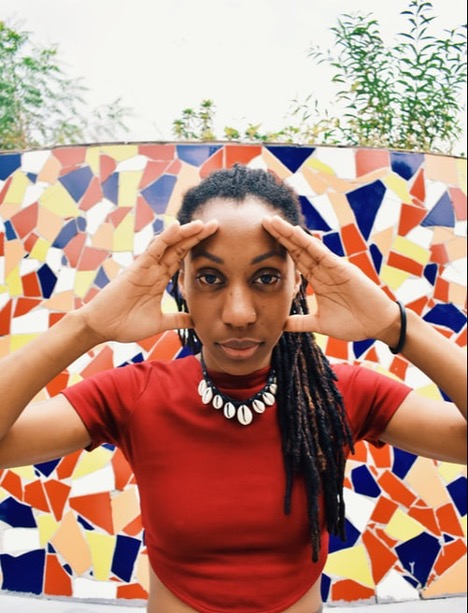
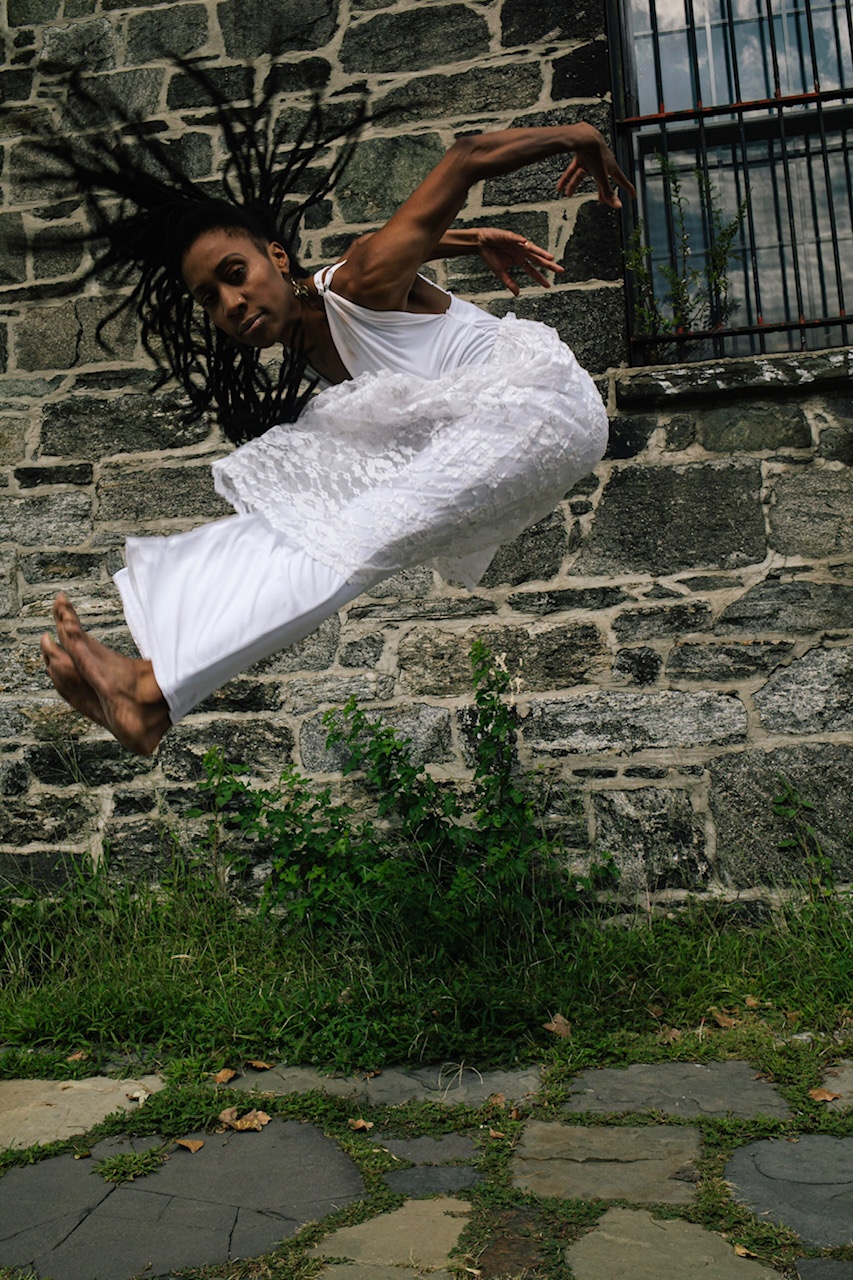
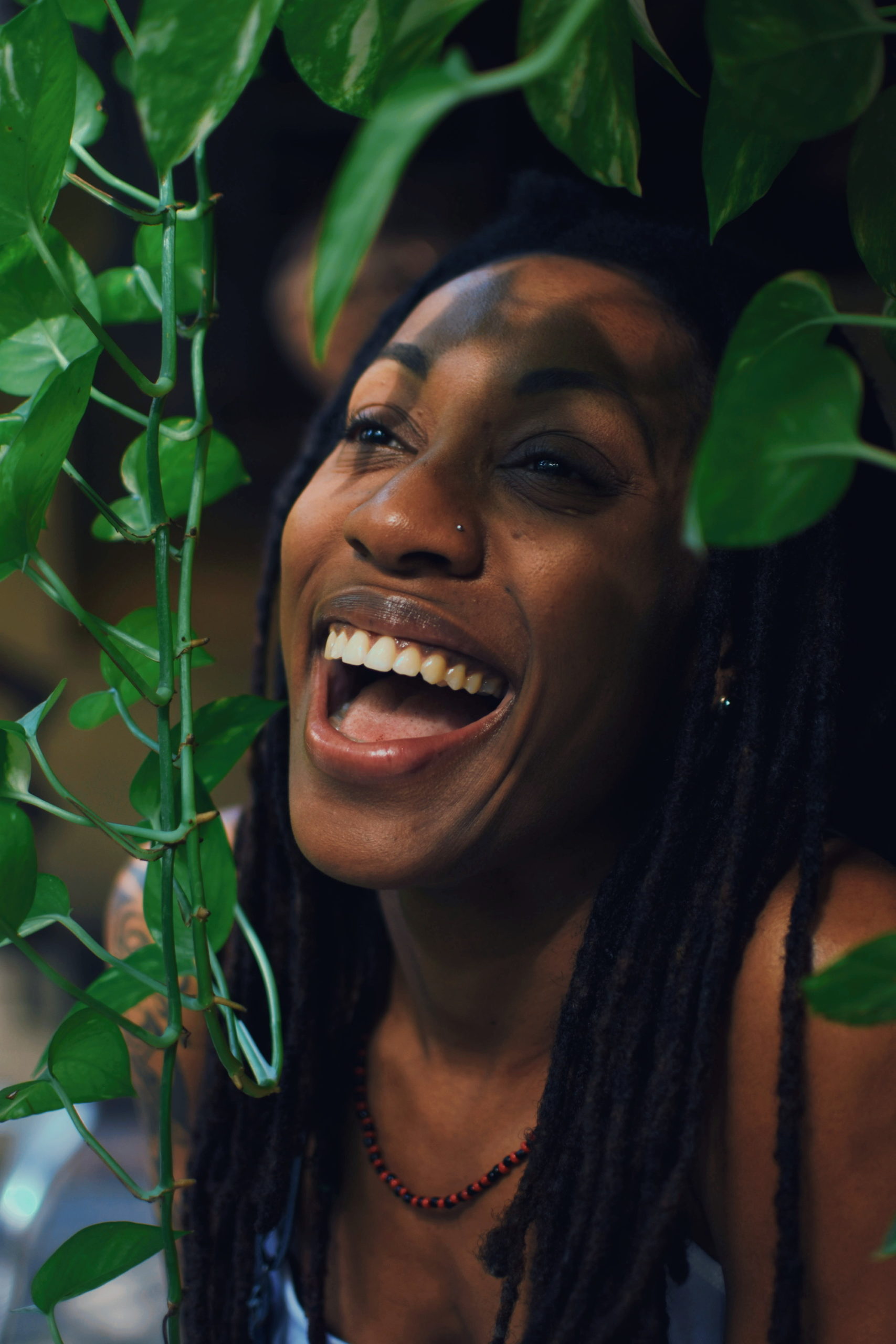
Over the last five years since its dissolution, I have come to definitively identify as an activist, advocate, and visionary. I breathe that Haitian #BlackGirlMagic that allows me to embrace myself, my community, and my art. I am becoming the public health scholar and practitioner that I want to be, despite the fear that the very institutions I am fighting against will eventually engulf me. You see, I am dedicated to seamlessly combining my passion for Haiti, people, and dance in such a way that allows for large scale “healing.” I say this phrase so often to myself that I can regurgitate it at a moment’s notice. I repeat these words as a chant; so that they stay as much a part of me as my tattoos are; so that the feeling I get when I see my dream achieved is ten times more valuable. I do it so that I don’t forget what all this is for; so that I don’t forget why I work so hard.
So that I don’t forget.
Who am I? I am a dancer.
What am I working toward? Embodied resistance.
What is it? It’s using our bodies to exclaim that our health is the primary representation of what we absorb, what we put out, and what we are surrounded by. It’s public health.
My professional experiences and research have been defined by exactly this. They are informed by the way in which I activate, strengthen, and develop my understanding of my experiences, community, and purpose. I do this in all the spaces that I show up: academia, community organizing, and health and wellness.
As an academic, I engage in independent research using the skills I acquired earning my MPH in Community Health Sciences at SUNY. There, I completed a culminating experience titled “Exploring Performance Ethnography & Arts-based Approaches to Public Health Interventions.” Elements from this written work have supported presentations that I have given at the American Public Health Association’s 2017 Annual Expo, at Towson University’s Symposium on “Reimagining Black Women and Girls’ Health,” and at the Haitian Studies Association Annual Convenings. For this work, I also received the Lowell E. Belin, MD, Award for Excellence in Public Health.
As a community organizer and performing artist, I apply theory in practice through Kriyol Dance Collective (KDC)–an action-oriented and community-based performance group I founded in 2016. In KDC, fourteen artist-leaders work together to advocate for culturally informed, arts-based approaches to discussions of health and critical community issues. Using dance, music, and poetry as communicative tools, KDC bridges the gap for local community members not already introduced to discourse around historical narratives, social determinants of health, wellness, and policy.
As a researcher and strategist, I consult on strategic planning, develop impact studies, design survey tools, analyze in-depth interviews and observational data, and engage in program development and evaluation for non-profit organizations, grassroots groups, and larger arts institutions. My professional and scholarly approach engages race equity frameworks, community-based participatory research, arts-based programming, feminist theories, theories of inherited trauma, and culturally informed practices for collective health and wellness.
In these spaces, my use of ethnographic tools, performance work, and critical understanding of program planning and evaluation exemplifies a research approach that runs hand-in-hand with my hopes of provoking meaningful and sustained change in my own community, Flatbush, where the Haitian immigrant diaspora is the largest Caribbean population; where City Council members have made public gestures to rename it Little Haiti BK and rename its streets after key historical Haitian figures who sought to dismantle the very structures that define the contiguous U.S. I am steadfast in the belief that promoting better health and wellness in communities of color is an act of social justice and a personal and professional priority.
As a matter of my own radical praxis, I believe that combatting the institutions set up to perpetuate a consistent and pervasive attack on Black bodies, Black wombs, Black happiness, and Black faces in the future necessitate we consider an approach to public health research that is dynamic and people-centered–one that prioritizes individual and collective well-being over good, aggregate health statistics alone.
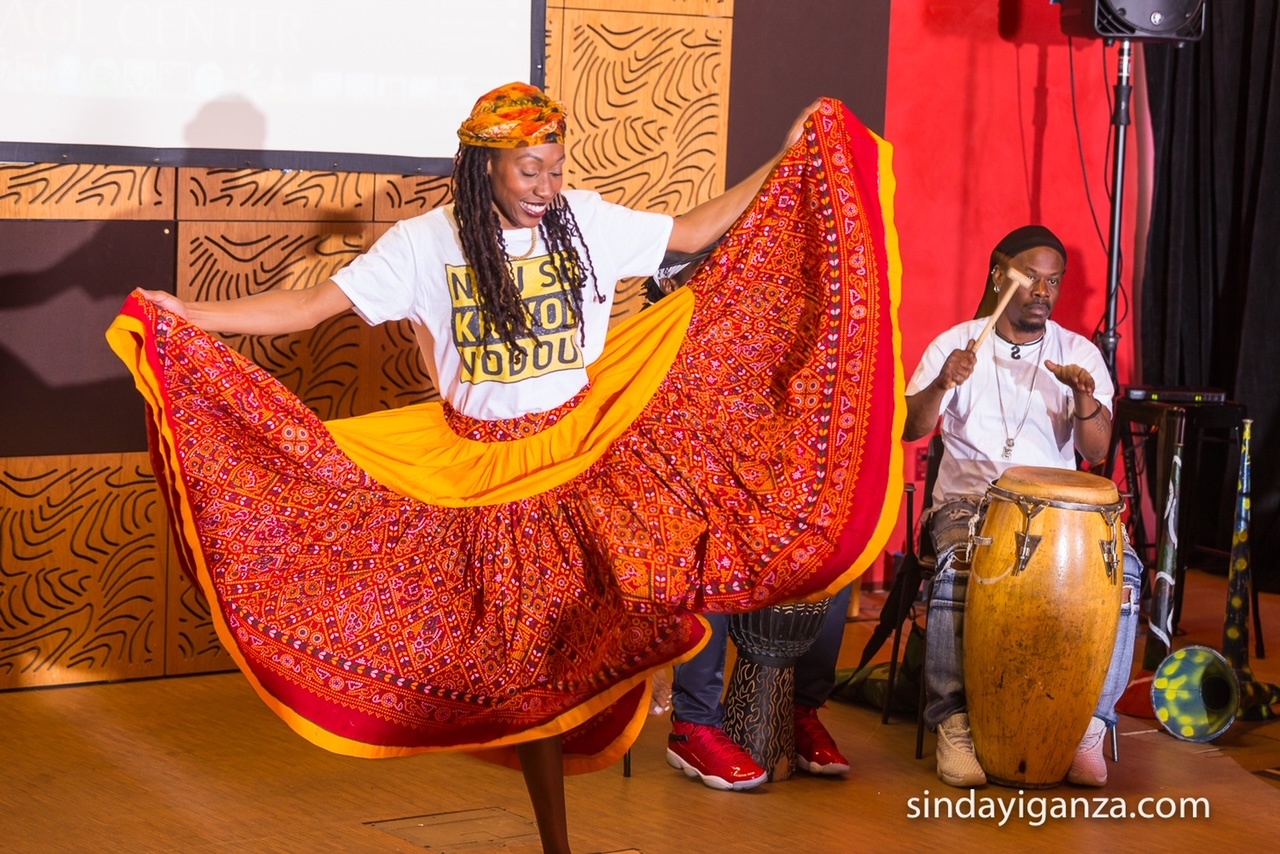
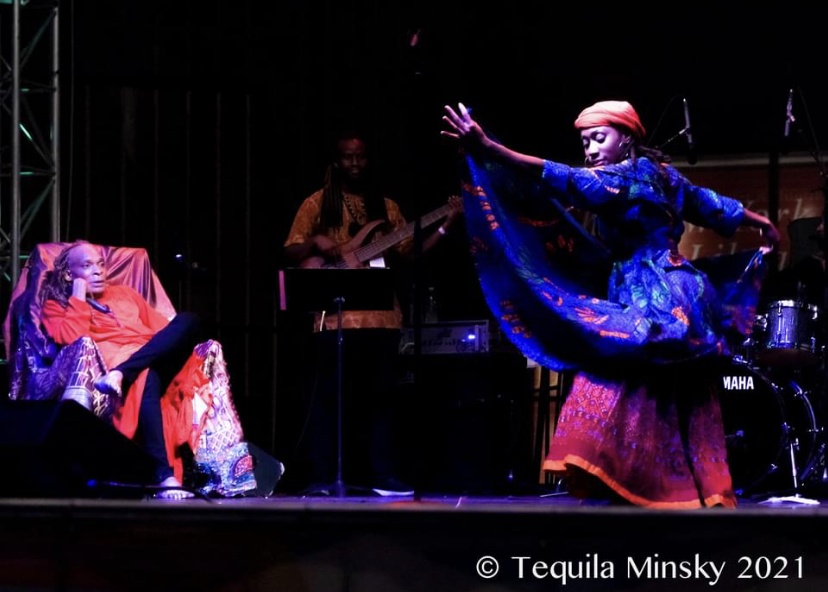
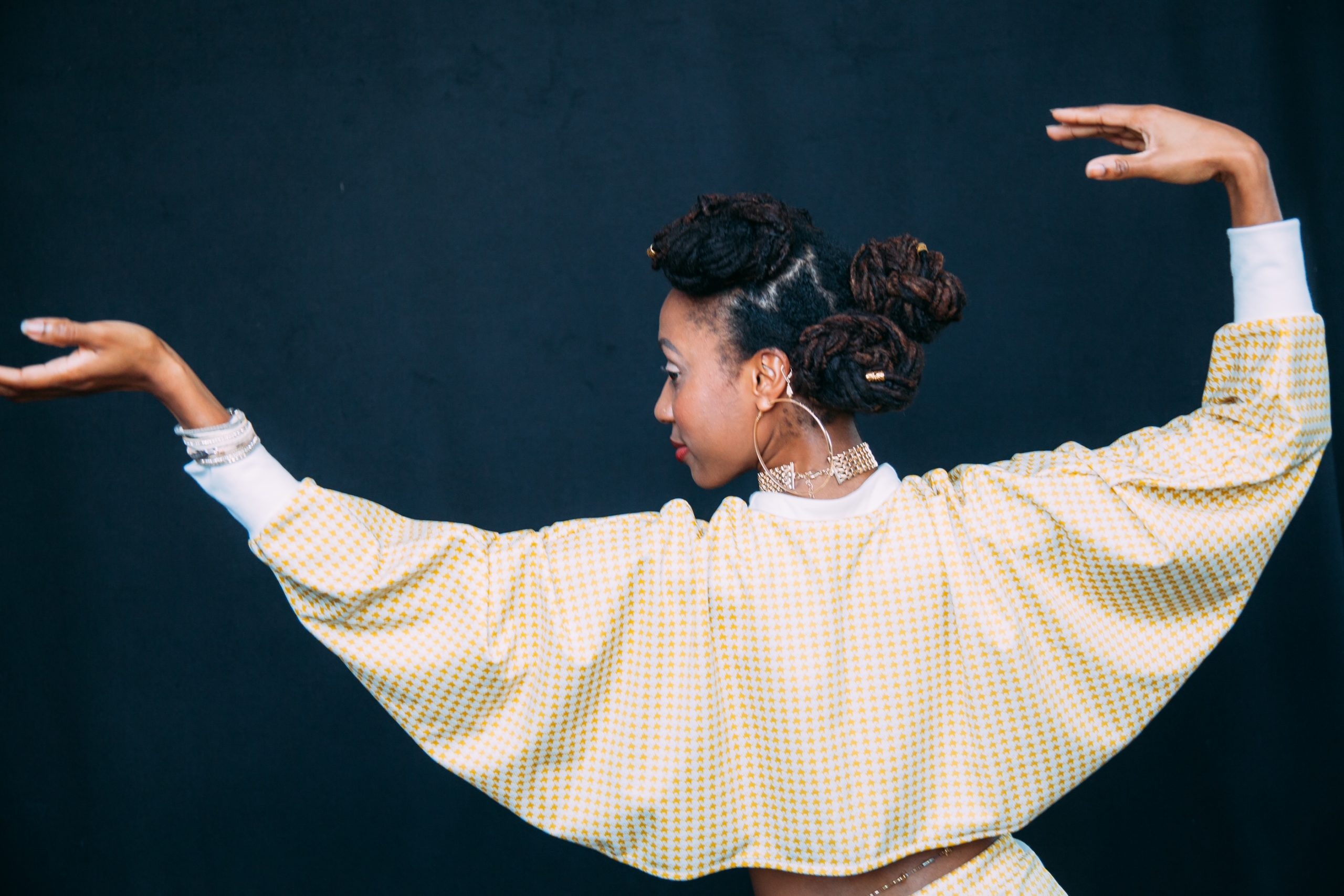
The future of my public health practice, as a result, sits at the right hand of embodied resistance, and at the foot of anti-racist, anti-sexist, anti-poli-tricks politics, and seeks to explore methods for building innovative multi-level public health interventions informed by culture and identity.
Today, as a doctoral student who joined CUNY Graduate School of Public Health and Health Policy during the second year of the COVID-19 pandemic, I am curious about whether perceptions of culture, race, and class can serve as protective factors for better collective health to combat inequity. With the goal of developing model creative interventions, with, for, and by immigrant communities, I am interested in continuously unpacking the extent to which socioeconomic inequities impact health and are influenced by culture and identity, in particular.
I know that by merging public health with my dance and my writing, I am defining myself as an ambassador for an innovative and integrative health perspective. I am connecting spiritual balance and self-understanding to modes of recovery and restoration. I am creating the space where dance mediates health and activism to develop, advance, and uplift communities with which I, too, identify.
All in all, I still have a lot of work to do. I recognize that, and I’m prepared to do it. I am becoming comfortable with the discomfort of growth and with the fact that my process may be slower than originally anticipated. Reflecting on this journey, in such a way, is an opportunity for me to reprioritize both my wins and losses. This is a matter of accountability and grace for me, for us, and for each other; the work continues….
Who am I? I am a dancer.
What am I working toward? Embodied resistance.
What is it? It’s using our bodies to exclaim that our health is the primary representation of what we absorb, what we put out, and what we are surrounded by.
How am I doing it? Through research that centers an individual and collectively lived experience belonging to me and those whose shoulders I stand on.


